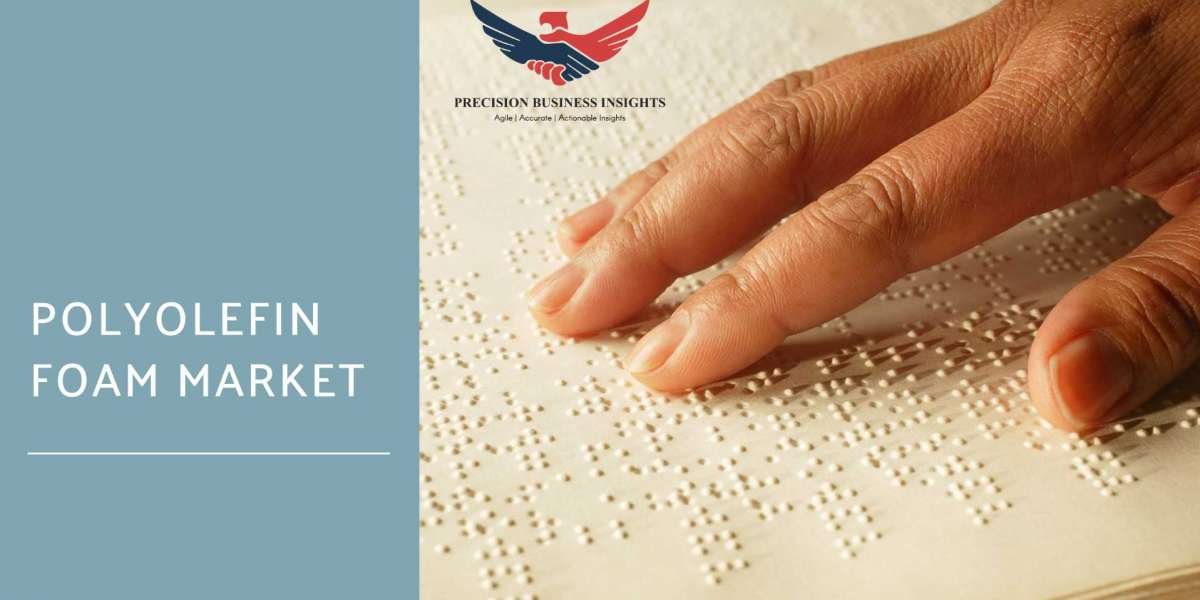Metal and ceramic injection molding (MIM and CIM) are advanced manufacturing processes that have revolutionized the production of complex metal and ceramic components. These techniques offer numerous advantages over traditional manufacturing methods, including cost-effectiveness, high precision, and the ability to produce intricate shapes with exceptional mechanical properties.
As a result, the metal and ceramic injection molding market has experienced significant growth and is poised to play a crucial role in various industries. Metal Injection Molding (MIM) is a process that combines the versatility of plastic injection molding with the mechanical properties of metal. It involves mixing fine metal powders with a binder material to create a feedstock, which is then injected into a mold cavity. After the injection, the part is subjected to a debinding process to remove the binder and is then sintered to achieve the final density and properties of the metal component.
MIM offers excellent dimensional accuracy, complex geometries, and the ability to produce parts with a wide range of materials, including stainless steel, titanium, and various alloys. Ceramic Injection Molding (CIM) follows a similar principle, but it involves the injection of ceramic powders mixed with a binder into a mold cavity. The molded part is then subjected to a debinding process and sintered at high temperatures to achieve the desired properties. CIM enables the production of ceramic components with exceptional hardness, thermal resistance, and electrical insulation properties.
It finds applications in industries such as aerospace, electronics, automotive, and medical, where materials like alumina, zirconia, and silicon nitride are commonly used. The metal and ceramic injection molding market has witnessed remarkable growth in recent years due to several factors. Firstly, the increasing demand for complex and miniaturized components in industries like electronics, automotive, and medical has fueled the adoption of MIM and CIM.
These techniques offer superior dimensional accuracy and the ability to manufacture intricate parts, meeting the industry's evolving requirements. Additionally, the cost-effectiveness of injection molding compared to traditional manufacturing processes has attracted companies seeking to optimize production and reduce material waste. Another key driver of the metal and ceramic injection molding market is the continuous development of new materials suitable for these processes.
Extensive research and development efforts have resulted in the formulation of advanced metal and ceramic powders with improved properties, enabling the production of high-performance components. Furthermore, the advancement of mold design and manufacturing technologies has contributed to enhanced process efficiency, shorter cycle times, and increased production capacity. The applications of metal and ceramic injection molding are extensive and diverse.
In the automotive industry, MIM and CIM are used for the production of fuel injectors, sensors, turbocharger components, and engine parts. The electronics industry benefits from the ability to manufacture complex connectors, housings, and miniaturized components with high electrical conductivity.
In the medical field, MIM and CIM enable the production of surgical instruments, dental implants, orthopedic implants, and drug delivery devices with excellent biocompatibility and corrosion resistance. Moreover, the aerospace and defense sectors utilize metal and ceramic injection molding to manufacture components with demanding requirements, such as high temperature resistance, lightweight, and superior mechanical properties. CIM is particularly valuable for applications involving radomes, missile components, and heat shields due to the exceptional thermal and electrical properties of ceramics.














